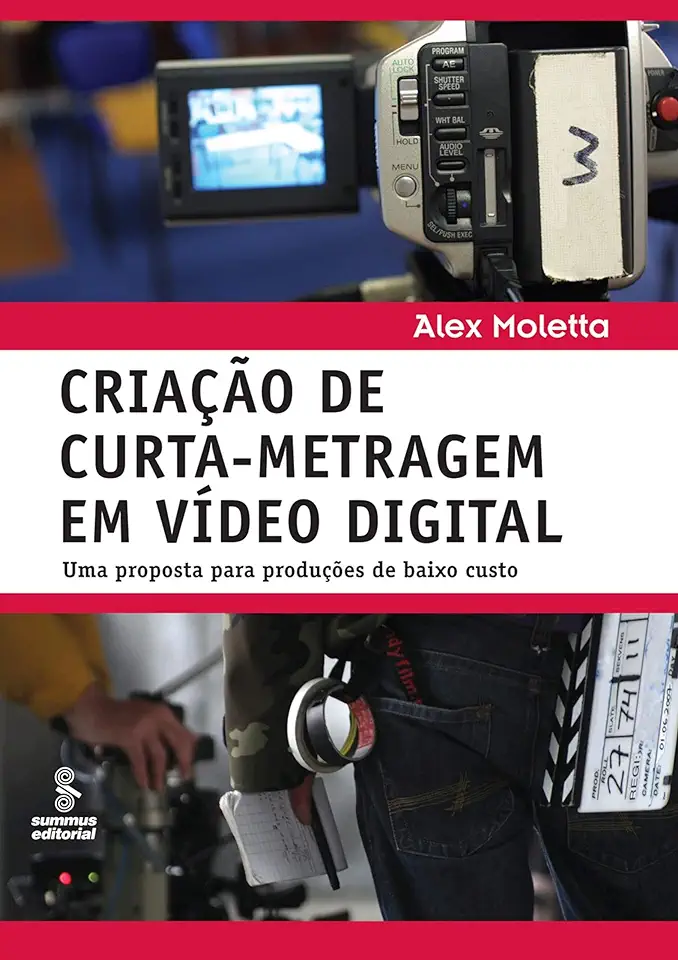
Digital Video Short Film Creation - Alex Moletta
Digital Video Short Film Creation: A Comprehensive Guide to Making Your Own Short Films
Introduction
In the age of digital media, creating your own short films has never been easier. With the right tools and knowledge, you can bring your creative visions to life and share them with the world. In this comprehensive guide, Alex Moletta takes you on a journey through the entire process of digital video short film creation, from pre-production to post-production.
Pre-Production
Before you start shooting, there are a few important steps you need to take in pre-production. This includes:
- Developing your concept: What is your film about? What message do you want to convey?
- Writing your script: Your script is the foundation of your film, so it's important to take your time and get it right.
- Creating a shot list: A shot list will help you plan out your shoot and make sure you get all the shots you need.
- Casting your actors: If your film includes actors, you'll need to find the right people to bring your characters to life.
- Securing your locations: Where will you shoot your film? Make sure you have permission to film at all of your desired locations.
Production
Once you've completed pre-production, it's time to start shooting your film. This is where you put all of your planning into action and bring your vision to life.
- Camera work: The way you shoot your film can make a big difference in the overall look and feel of the final product. Learn the basics of camera work, such as composition, lighting, and movement.
- Sound recording: Good sound quality is essential for any film. Make sure you have the right equipment to record clear and crisp audio.
- Directing your actors: If you're working with actors, it's important to be able to direct them effectively. This includes giving them clear direction, helping them develop their characters, and motivating them to give their best performances.
Post-Production
Once you've finished shooting, it's time to move on to post-production. This is where you edit your footage, add visual effects, and create a final cut of your film.
- Editing: Editing is the process of putting together your footage into a cohesive story. This involves cutting out unnecessary footage, trimming shots, and adding transitions.
- Visual effects: Visual effects can be used to enhance your film and create a more immersive experience for the viewer. This includes things like color correction, compositing, and animation.
- Sound design: Sound design is an important part of post-production that can help to create atmosphere and emotion in your film. This includes adding sound effects, music, and voiceover.
Distribution
Once you've completed your film, you'll need to find a way to distribute it. There are a number of different ways to do this, including:
- Online streaming: You can upload your film to a video sharing site like YouTube or Vimeo.
- Film festivals: You can submit your film to film festivals to get it seen by a wider audience.
- DVD sales: You can sell DVDs of your film online or through a physical retailer.
Conclusion
Creating your own short film can be a rewarding and fulfilling experience. With the right tools and knowledge, you can bring your creative visions to life and share them with the world. So what are you waiting for? Get started today!
About the Author
Alex Moletta is a filmmaker and educator with over 10 years of experience in the film industry. He has written, directed, and produced short films, documentaries, and commercials. He is also the founder of the Digital Video Short Film School, where he teaches aspiring filmmakers how to create their own short films.
Enjoyed the summary? Discover all the details and take your reading to the next level — [click here to view the book on Amazon!]